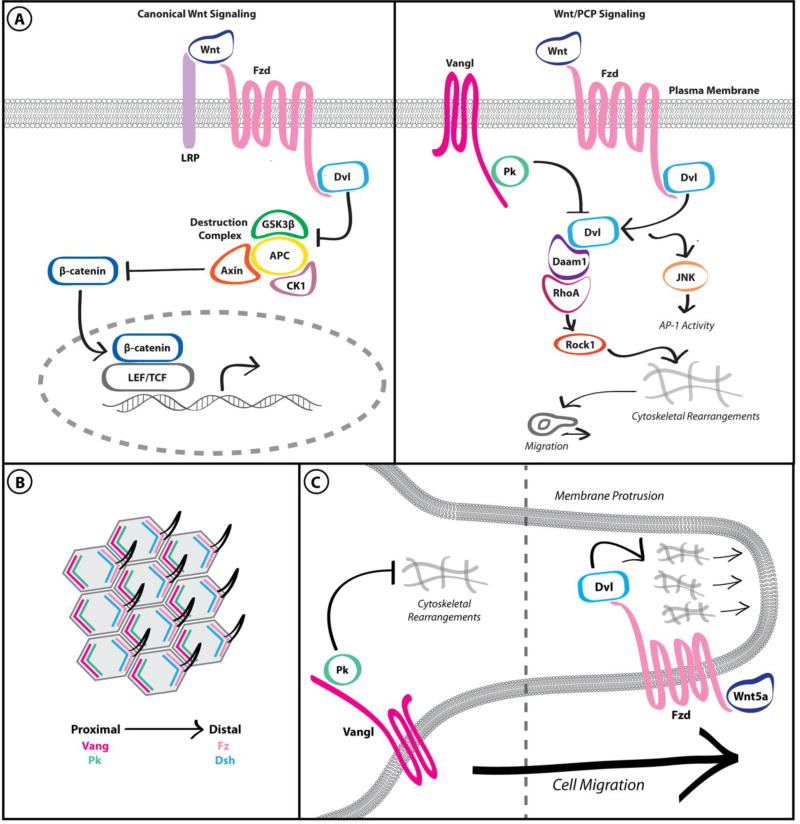Figure 1. Wnt/PCP signaling is distinct from canonical Wnt signaling and is adapted to promote cancer cell migration.
A. Canonical Wnt signaling results in inhibition of the “destruction complex” and β-catenin-dependent transcription (left panel). In contrast, Wnt/PCP signaling results in mutual antagonism between Fzd/Dvl and Vangl/Pk complexes, leading to cytoskeletal rearrangements (right panel). B. The asymmetric distribution of core PCP complexes in the developing Drosophila wing results in consistent distal localization of the wing hair throughout the tissue. C. Wnt/PCP pathway activation within individual breast cancer cells results in asymmetric localization of core PCP components in a manner analogous to PCP in polarized epithelial cells. These complexes respectively promote and restrain actin cytoskeletal dynamics, resulting in directed migration.

